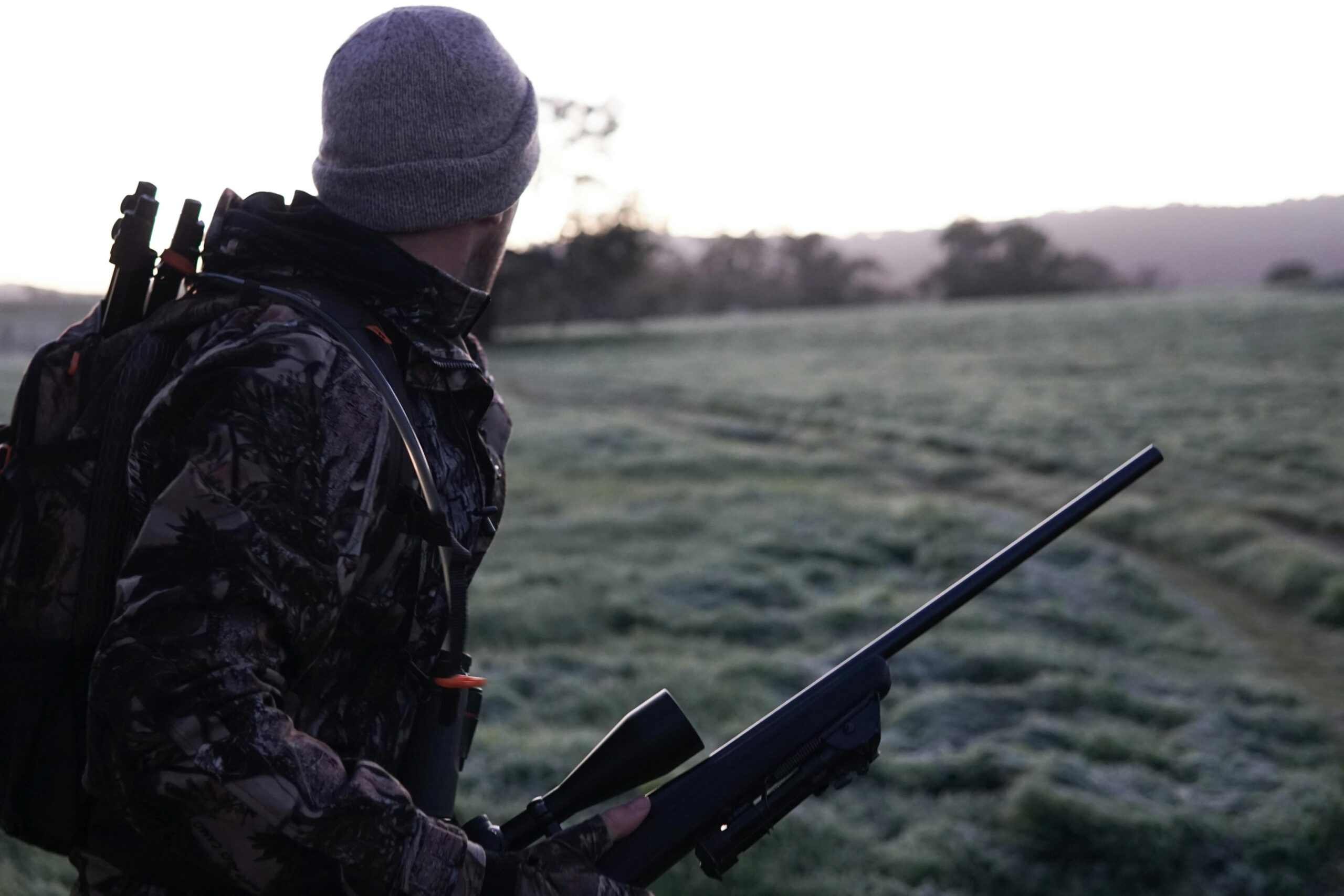
 0
0 
Ammunition selection is a significant part of hunting for several reasons. The primary reason is the ethical takedown of a wild animal, and the secondary reason is the legal restrictions surrounding hunting.
Due to the sheer number of viable hunting cartridges, it is no wonder that some individuals have a hard time selecting the appropriate one for the type of game they are pursuing. This article will discuss the general parameters needed when selecting a round and the general types of games they are best used on.
Rifle calibers will be the primary focus for today, which means that pistol calibers and shotgun loads will not be included. The appropriate caliber is determined by the animal being hunted, and the types of animals are broken up into three types of game: small, medium, and large.
Depending on who you ask, there are specialized subsections, but these three major divisions make things easier to categorize. Keep in mind that every state and locale has different hunting laws, so these recommendations are suggestions. Always check the local hunting regulations before engaging in a hunt, as laws can change yearly.
Remember, more powerful rounds can be used on smaller game, but this will impact the amount of meat that is harvestable, and will have a higher risk of ruining the pelt.
Most small game is classified as animals under 40 pounds. This effectively means animals the size of a coyote or smaller, which can be anything from squirrels and rabbits to raccoons and foxes.
Since these animals do not have very thick hides and narrow cross sections, we recommend sticking to lower-caliber rounds—mostly .22 LR, .22 Magnum, .17 Hornet, or .17 HMR for the smallest small game. These calibers are best used at closer ranges because their power and energy deplete relatively quickly beyond 100 yards (if they even reach that distance).
When transitioning to coyotes, .22 Magnum is the lower threshold of power, with .223/5.56 being the most common round used. If the coyotes are being hunted at longer distances a .243 Winchester round can be used.
The desire to maintain a quality pelt has led to multiple specialized coyote rounds like the .220 Swift, but whether a pelt is desired or not comes down to the individual.
Recommended Calibers
The term medium game is the most confusing of the options as it covers the broadest range of animals available. These include sheep, boar, and antelopes. Some classify medium game as ranging from 20 pounds to 75 pounds, but in practice, a lot of the medium-sized game range from 75 to 175 pounds or more depending on the setting.
Medium game will have thicker hides and broader cross sections than small game. This means that depending on the animal, more traditional loadings in both intermediate and full-powered cartridges will be employed. The .223/5.56 cartridge becomes more niche in this category, mostly being used on invasive species like boars.
Options like .308 Win, .243 Win, .30-30, 6.5 Creedmoor, and .30-06 are still very common choices. Calibers with similar specifications or energy outputs can be used, with 7.62×39 or .300 BLK being perfect examples of alternative rounds.
Checking local laws becomes very important here to ensure the appropriate legal round is used.
Recommended Calibers
Large game are animals that are very heavy and have a thick cross-section. They will also tend to have thicker hides depending on where the animal is located. For this article’s purposes large game will be animals weighing more than 200 pounds at a minimum.
Full-powered or magnum cartridges are almost exclusively used in these types of animals, due to the amount of dense muscle and bone many of them have. For example, the average male elk is roughly 5 feet at the shoulder and weighs over 700 pounds.
With rounds that carry less energy, the necessary depth of penetration to reach the vital organs is harder to achieve, especially when many large game animals are hunted at longer ranges. If the animal is routinely hunted beyond 500 yards, using a round that loses most of its energy by 300 yards is not a wise decision.
Loads like .30-06, .300 WinMag, or 7mm Rem Mag are very popular loads to use in this category, but other options like .444 Marlin should not be overlooked. When getting into large game hunting there is not as much of a ceiling for power, with the only limitation being how much meat you are willing to damage when taking down the animal.
Keep in mind that some viable options do not perform as well at a distance as others. The terrain the hunt takes place in will determine whether the round is viable. Using a 1000-yard loading within 200 yards is not a waste, but it is certainly not optimal.
Recommended Calibers
Choosing the right type of ammunition is extremely nuanced. The range of the target, the environment the animal is in, and more all play into ammunition selection. Listing all of the statistics for each round available on the market would take too long. However, there are a number of resources available to help find these different specifications.
Once there is an idea for the appropriate ammunition specifications, selecting a caliber becomes much easier once a type of game has been determined. From there, it comes down to the individual hunter’s skill for a successful hunt.

 0
0